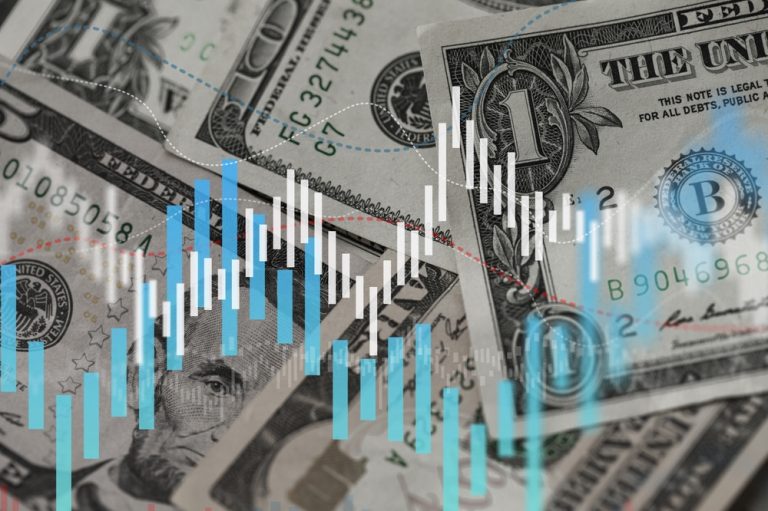Investors flocked to the safety of U.S. Treasuries on Monday after a sharp selloff in technology stocks rattled global markets. The demand for bonds erased the last of the year’s earlier price declines, which had been driven by inflation concerns and political uncertainty surrounding Donald Trump’s return to the White House.
Yields Drop Amid Market Turmoil
The 10-year Treasury yield fell as much as 12.5 basis points to 4.50%, marking its steepest intraday drop in nearly two weeks before slightly paring losses. The two-year yield, closely tied to expectations for Federal Reserve policy, slid 10 basis points to 4.17%, its lowest level in over a month.
Traditional safe-haven currencies, including the Japanese yen and Swiss franc, also strengthened as investors sought shelter from volatility.
AI Fears Shake Global Tech Markets
The selloff was triggered by the debut of a low-cost AI model from Chinese startup DeepSeek, raising concerns over U.S. technological dominance and the valuation of AI-driven tech stocks. The impact was felt across global markets:
- U.S. tech stocks plunged, led by Nvidia (NVDA) and other AI-related companies.
- European bond markets rallied, with government debt from Germany, France, Italy, and the UK gaining.
“It’s a by-the-book flight to quality as risky assets plummet,” said Chris Diaz, global fixed income portfolio manager at Brown Advisory.
Fed Policy and Market Uncertainty
The depth of the equity market slide will likely influence how long the demand for bonds persists. Investors are closely watching:
- The Federal Reserve’s policy decision on Wednesday.
- Trump’s tariff threats, including recent disputes with Colombia.
- Upcoming inflation data, such as Friday’s core PCE report, which could impact rate cut expectations.
The rally in Treasuries had the biggest impact on five- to 10-year yields, which remained 10 basis points lower late in New York. Meanwhile, a $69 billion auction of two-year notes came in at 4.221%, in line with expectations. A separate $70 billion sale of five-year notes yielded 4.33%, slightly lower than anticipated.
Market Adjusts Rate Cut Expectations
Amid the stock selloff, traders fully priced in two quarter-point rate cuts from the Fed in 2025. The likelihood of a March rate cut rose to one-in-three, up from one-in-four last week.
However, with inflation still above target and uncertainty over Trump’s economic policies, Fed officials are expected to hold rates steady at this week’s meeting.
“All central banks can do right now is flag potential risks,” said Lauren van Biljon, portfolio manager at Allspring Global Investments. “There’s too much uncertainty in policy and global growth.”
Safe-Haven Currencies Rally
The yen and Swiss franc surged as investors sought stability:
- The yen gained 1.5% to 153.72 per dollar, its strongest level in over five weeks.
- The Swiss franc rose 1% to 0.8965 per dollar.
Echoes of the Dot-Com Bust?
Some analysts are drawing comparisons to the early 2000s tech collapse. George Saravelos, head of FX research at Deutsche Bank, likened the selloff to the Dot-Com bubble burst, where an external shock triggered a sharp correction in overvalued tech stocks.
“A sector-wide unwind of U.S. tech valuations could weaken the dollar as equity inflows reverse,” he wrote in a note to clients.
Conclusion
As AI competition intensifies and investor confidence in tech stocks wavers, the rush to Treasuries underscores growing market anxiety. While the Fed’s decision this week will be a focal point, broader concerns about inflation, trade policies, and economic stability will continue to shape financial markets in the coming months.


